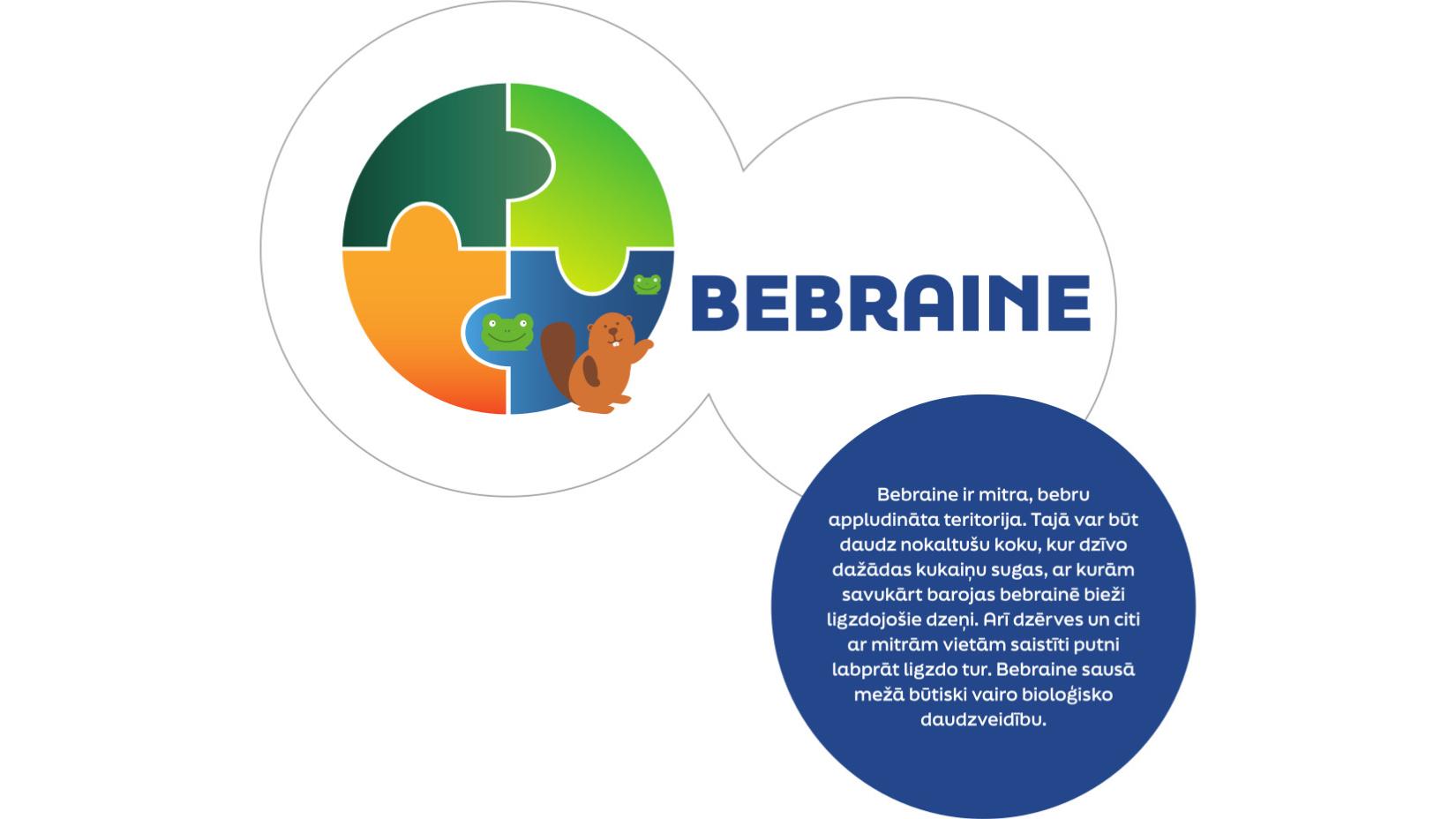The beaver pond is a wet area, flooded by beavers. It may contain many dead trees, which are home to a variety of insect species, which serve as food to the woodpeckers that often nest in the areas flooded by beavers. Cranes and other wetland birds also prefer to nest there. Beaver ponds in dry forests provide a significant contribution to biodiversity.
Eurasian Beaver Castor fiber
The beaver is the largest rodent in Latvia and is a very good swimmer and diver. Beavers are herbivores that build up food stocks for the winter. They not only cut down trees for food but also to build their family homes and dams. The ponds and wetlands created by beavers provide habitats for multiple species of plants and animals. Beavers commonly inhabit water bodies next to human settlements and even in large cities.
OtterLutra lutra
An otter is a semi-aquatic predator. Otters occur throughout Latvia, mainly along riverbanks and other water bodies. They also live in coastal areas and wetlands. They feed on aquatic animals – primarily fish and crustaceans. The otter is a protected species in Latvia.
Tinder fungus Fomes fomentarius
Tinder fungus grows on dead birch trunks and branches all year round. These fungi have been used in the past as a material for setting fire, and were also used as a substitute for leather in the manufacture of hats and small objects.
Darkling beetles* Tenebrionidae
Some species of darkling beetles are associated with tinder fungi – both adult beetles and their larvae feed on them. They can inhabit a single fungus for many years. The birch trunks with fungi are not only home to the darkling beetles but also flat bugs, horntails and other insect species.
*Various species – Diaperis boleti, Neomida haemorrhoidalis, Bolitophagus reticulatus
Black stork Ciconia nigra
The black stork is found in forests with suitable feeding areas nearby, for instance, rivers or beaver swamps. It primarily feeds on fish. Black storks breed in quiet places, preferring large, old trees. The population of black storks in Latvia is declining rapidly. It is negatively affected by forestry activities and chemical pollution. The black stork is a migratory bird that overwinters in Africa.
Longhorn beetle Necydalis major
A species of atypical appearance – the shortened elytra do not cover the filmy hindwings and slender abdomen. Larvae of the beetle mainly develop in the wood of dead birch and alder trees, giving particular preference to sunlit trunks. A rare species in Latvia.
Large white-faced darter Leucorrhinia pectoralis
Males are easily identified by the bright yellow spot on their abdomen. This dragonfly inhabits various types of stagnant water bodies – one of the dragonfly species that prefer to inhabit beaver ponds. A specially protected species in Latvia.
Do not litter!





